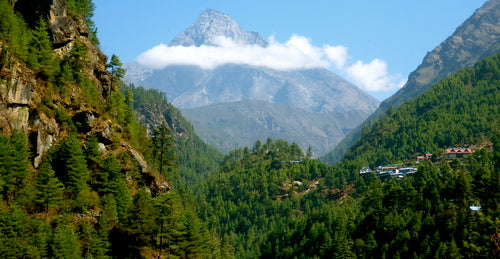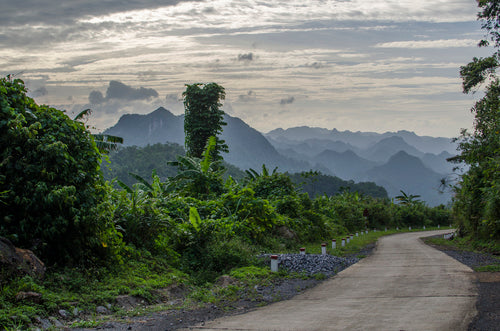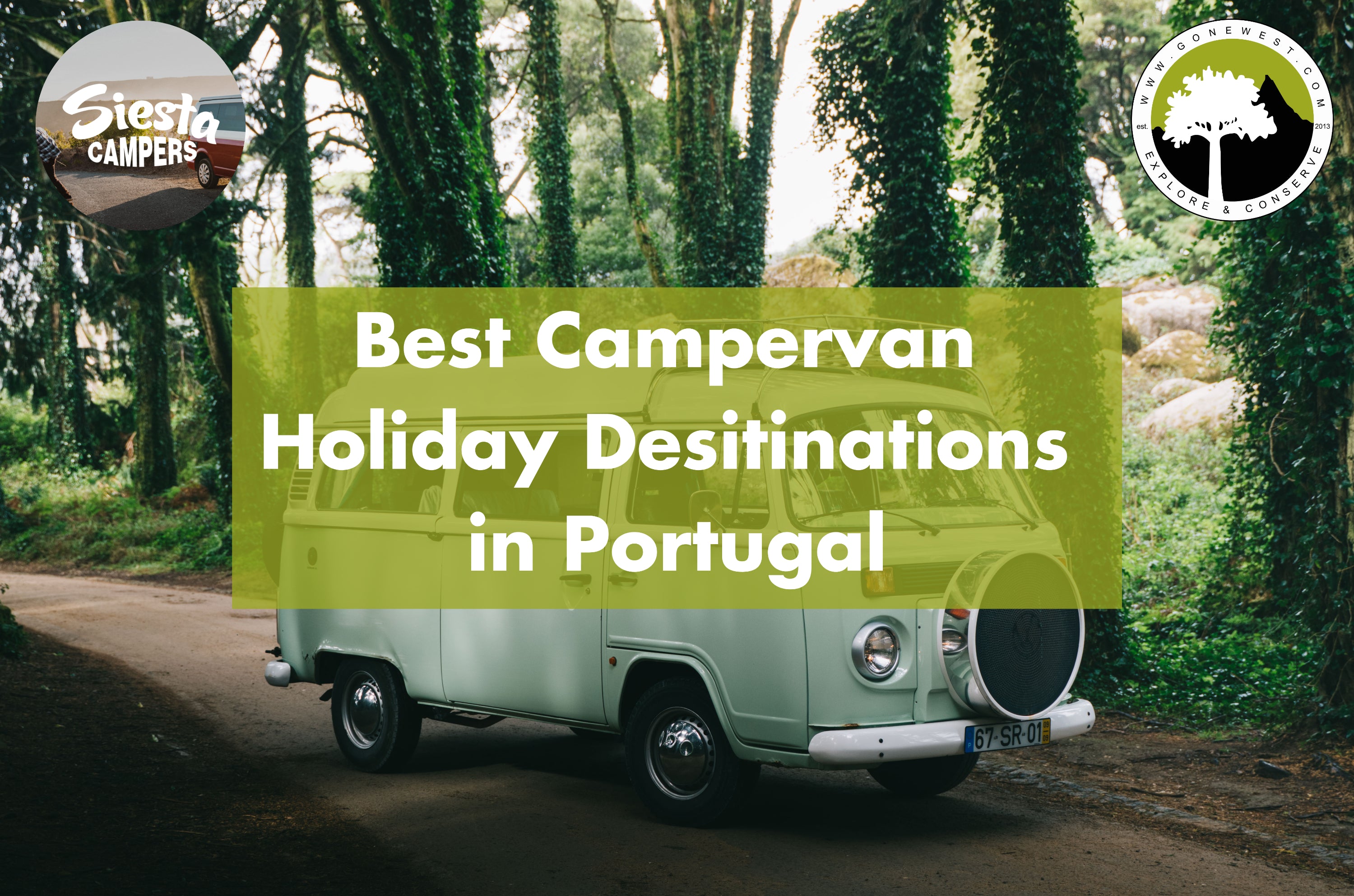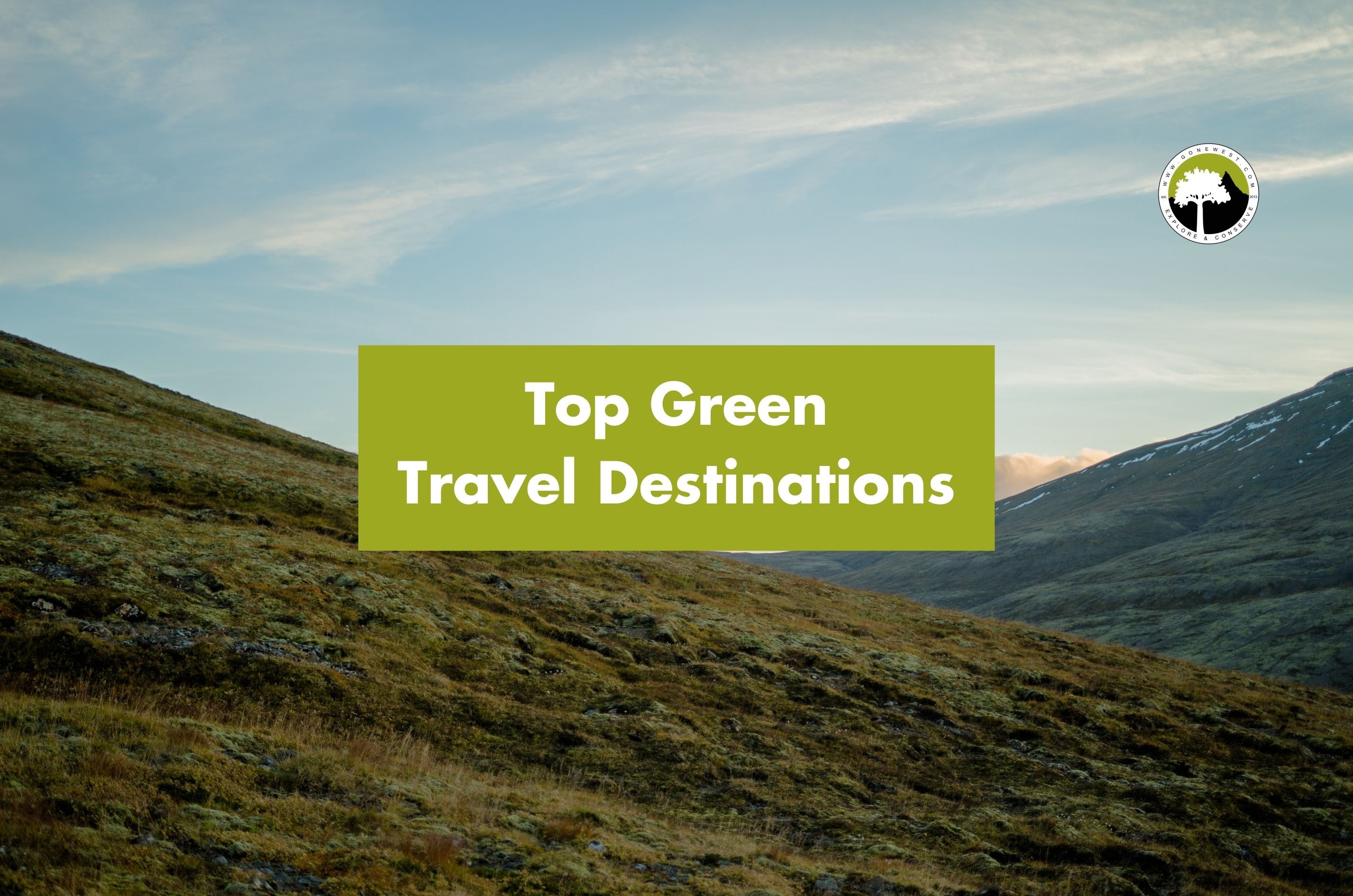SLOUCHED IN THE SOFT DEEP POW!
PHOTO:JOE GOSNEY
More comfortable than any easyboy, breathing hard after one of the best tree runs of the day, quite possibly my life, I sense a slight movement off to my left. Turning slowly I witness the secretive Kamoshika, a Japanese Serow, staring intently at me. Below it’s short rearward curving horns belies an almost sorrowful face that is somehow in contrast to it’s husk, powerfully broad body. As if satisfied with my recognition of this endemic herbivore, it defiantly turns and plods off through the meter deep powder without a second thought. I gather my breath, my thoughts and my gloves, pick myself up and cruise back to the lift line for another lap. This is snowboarding/skiing in Japan.For those of us looking for adventure, or just for something a little more meaningful than the requisite après parties of the European Alps, Japan shines bright; an intriguing alternative option for our winter destination. Combining great, no, hang on, unbelievable snow, friendly locals and food that makes your mouth and eyes water it’s unsurprising that it’s no longer the secret it once was.
PHOTO; JOE GOSNEY
GETTING THE GOODS.
Getting to Japan may require more time than the short hop over to Europe, but then as a holiday destination it deserves at least a couple of weeks. More if possible. With a couple of weeks the traditional race to get out on the slopes everyday to “make the most of it” dissipates, and a day spent relaxing in an onsen and one visiting a nearby temple, both uniquely Japanese experiences, doesn’t leave you feeling guilty about time not spent on the hill.
Coincide a visit with the spectacular Nozawa Onsen fire festival or begin with New Years Eve in Tokyo or Osaka and what once began as a winter snowsports getaway now transforms into a holiday of a lifetime.
PHOTO: JOE GOSNEY
Japan has often been seen as an expensive destination to visit. In more ways than one this is true, but similarly it can be easy to make affordable. If you’re looking for the ultimate in affordable adventure hire a van and join the growing Car Danchi tribe, a mixture of Japanese locals and Western expats living out of their cars and vans, hiking the mountains in search of the best powder snow and un ridden lines. A conscious lifestyle choice for these hardcore individuals, they often spend entire winters in their vehicles, the fleeting moments of descending virgin powdered faces becoming their sole purpose in life; almost a spiritual quest. If this sounds too much, the variety of affordable inns, guesthouses and hotels around the main resort areas should easily accommodate, often including good rates on breakfast and dinners.

Costing more, though again an experience that’s undeniably Japanese, is a stay in a Ryokan. These traditional guesthouses offer the best in minimalist luxury, exceptional service and exquisite food. If only for a night or two it’s well worth the expense. Compensate this with a night out to a local izakaya (pub or tavern) and more than likely you’ll have the locals queuing up to buy you sake, practice their English and generally have a laugh with you.Japan also actually boasts a huge number of ski resorts, not a surprising fact when it is realized that mountains cover almost four-fifths of it’s landmass. Most of the resorts however are tiny in comparison, both in size and infrastructure, to the megaliths of Europe and America. One or two chairs plus a small reception area is quite common around the country. These places rarely see a gaijin (foreign) face, but a quick smile will disarm any curious onlookers.
Whats the Geography Like?
The main haunts for foreign snow seekers are either in the Hakuba Valley in Nagano on the main island of Honshu, or around Niseko on the northern island of Hokkaido. Both are great destinations with a lively atmospheric mix of two cultures, East and West, both brought together to experience all the mountains have to offer. Outside of these main two hubs there is endless exploration available, the more committed and adventurous you are the more in return you’ll reap.
Japan is a volatile country, geographically speaking. On the cusp of the meeting point between the Pacific Plate, the Philippine Sea Plate, the North American Plate, and the Eurasian Plate, the landscape is characterized by the distant echoes of past crustal movements and erosions. In an area such as this, the plate subduction forms trenches and areas of uplift adjacent to the trenches, as well as causing igneous activity and earthquakes. These such areas of uplift are called (volcanic) island arcs because of the arc-shaped chain of islands and volcanoes that is formed. Japan is primarily made up of five of these arcs – not surprisingly therefore the landscape is complicated; mountains, including volcanoes, occupy 61% of the land, with different areas offering up their own morphology. This, no doubt, happily lends well to the winter gentleman adventurer!
Hokkaido
The northernmost of Japan’s four main islands, Hokkaido is perhaps the most famous destination for shredding due to it’s consistence and abundance of powdered snow. Niseko is now a world famous resort and has an infrastructure that rivals any international ski or snowboard destination. The mountains around this area of southwestern Hokkaido are characterized by ancient volcanic activity. Mt Yotei, an example of a typical conical stratovolcano, stands at 1898 m in altitude and is 45 km3 in volume. With it’s last eruption dating back some 2500 years ago it is now a haven for backcountry exploration. With no lifts here experienced mountaineers have to climb it’s unrelenting slopes, but are rewarded with spectacular bowls and basins to descend. For those not experienced enough to tackle this challenging terrain alone guides can be hired from reputable agencies around the Niseko area.
Honshu
Honshu Within Central Honshu, placed along the ISTL (Itoigawa-Shizuoka Tectonic Line) three mountain ranges contain peaks of over 3000 m in height. The Hida, the Kiso and the Akaishi mountain ranges are perhaps the grandest of all Japan (if we overlook the iconic Mt Fuji) and here the terrain is the most challenging and complex. The mountain topography is mainly characterized by dense wooded valleys, busy alternations of valley and ridge, perfect for endless backcountry trips or moonlight snowshoe walks. Within the Hida range grand peaks such as Shiroma-dake and the mighty Kashimayari rise from these undulating ridges, selflessly providing a spectacular backdrop to the valley of Hakuba, enticing us to dream about one day standing atop their peaks.The many onsen that litter the valley of Hakuba are welcome relief after a days exertion in the mountains. They are also here thanks to the tectonic activity that defines Japan and it’s inhabitants. Bill Glude, part-time Hakuba resident and avalanche specialist describes the process of their formation rather well, “The onsen (hot springs) are here because this valley is the seam along which the two island arcs that made Japan are joined. They crashed together, then moved apart. The valley downfaulted, and then the Malaysian plate ran into Japan and raised this highest mountain range and ripped the faults along which the hot hydrothermal waters flow. Tonight, fresh snow shone up high in the moonlight when the clouds parted over the peaks, and stars shone through the steam rising from the water in the outdoor pool. No tectonics tonight, just peace in their aftermath”
PHOTO: JOE GOSNEY
How are the people?
The Japanese people have a lot to thank for their geographical alignment on our planet. The great variety and intensity of their seasons, the majestic and interesting structure of their landscape and coastlines that furthermore gives rise to an abundance of onsen and contributes to their healthy ocean rich diet. Yet on the flipside nature can quite as easily, with unforgiving swiftness, take away. The earthquake of 2011, off the Pacific Coast, in which a fault of around 450 km long and 200 km wide “slipped’ up to 30 meters over a 3 minute period, devastated the country. By no means the first, and definitely not to be the last, the people of Japan have had to deal with living at the mercy of nature for centuries. This seems to have contributed to the national psyche, where everyone pulls together for the good of the nation, a feeling that you will become immersed in in a visit to this fascinating country.
BY NEIL SKILTON
Stay in the loop
Subscribe to our newsletter.
Everyone loves to get away, especially after two long years of a global pandemic. From city breaks to countryside getaways, we’re all itching to get out and about and [...]
June 23, 2022
Zero-waste living has been on the rise for quite a fews years. The movement started gaining traction when the public were made more aware of the severity of the [...]
May 15, 2022
As the world is getting back to normal and we’re beginning to travel more freely without restrictions, it’s a good time to start thinking more eco-consciously when planning your [...]
April 30, 2022
We’re sure that you, like us and many other people, are entirely burned out by bad news. Whether it’s bad news about politics, the economy, or the environment, we’ve [...]
April 14, 2022
We’re a few weeks into the Winter Olympics, with people from all over the world participating, attending, and tuning in. The event is all about celebrating people and their [...]
February 17, 2022







